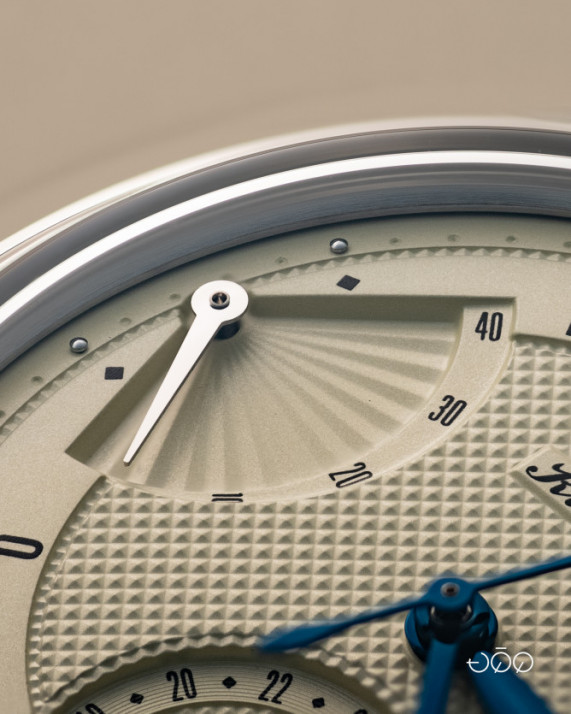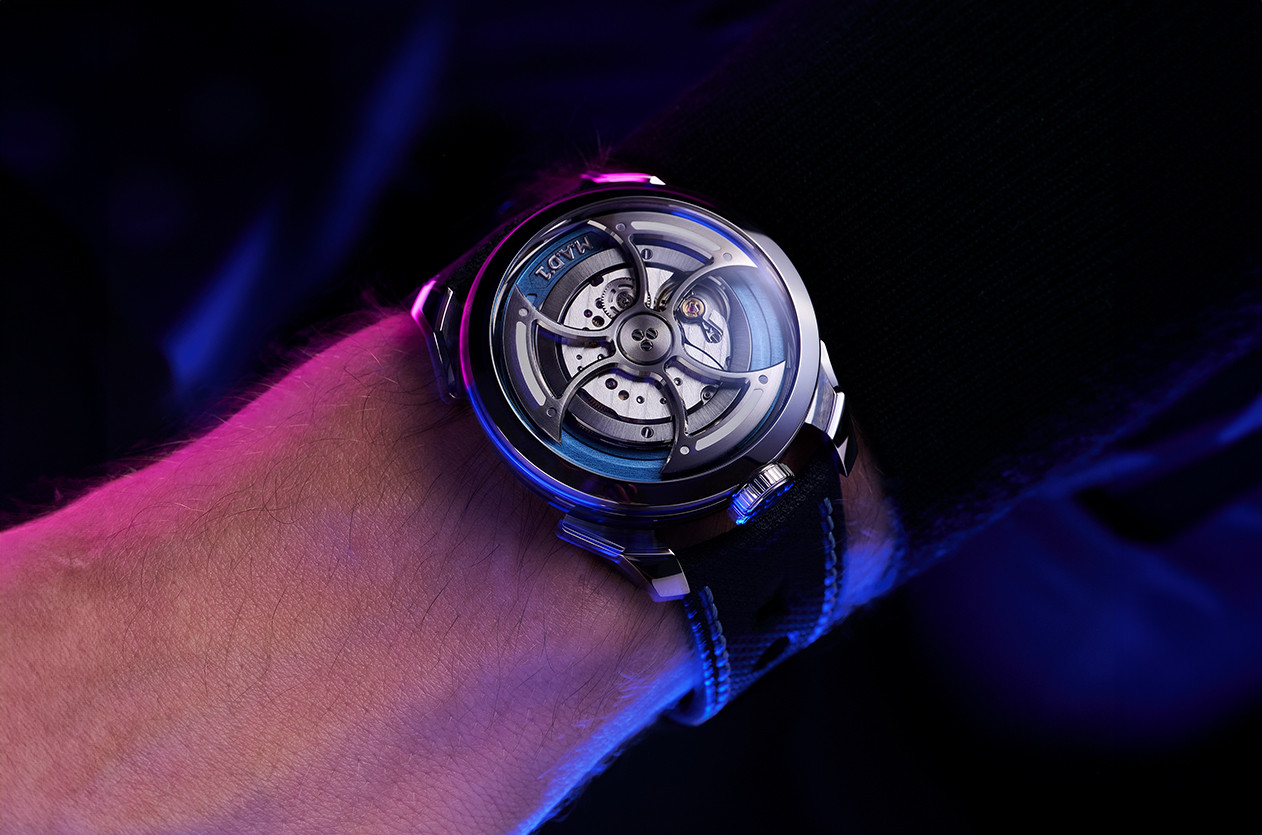
Introducing Seiko Unveils the Presage Cocktail Time SRPL96J “The Conte”
Welcome to the hub of the horoloy
Also known as a remaining power indicator, the power reserve is an indicator that shows the amount of remaining energy in a watch. It indicates the duration of the watch's operation after the main power source, such as manual winding or automatic self-winding, stops. The remaining power is displayed through a sub-dial, an indicator on the main dial, or through dedicated markings, with the display method varying from watch to watch.
The remaining power is usually expressed in units of time, such as hours or days. The duration of the power reserve varies from watch to watch and depends on several factors, such as the type of operating mechanism, the size of the movement, the type of power source, and the functions present in the watch. The power reserve capacity can range from several hours to several days.


News Dubai Watch Week 2025 Will Be the Largest Ever with 90 Brands Participating

Technical The Frequency, Why It Matters in Mechanical Watches

Editorial The Secrets of Watch Case Design

Editorial Abraham-Louis Breguet, The Father of Modern Horology

Introducing MB&F Unveils the New Generation of Its Famous Collection the M.A.D.1S

Hands on Vulcain Cricket Classic 39mm Black & Khaki